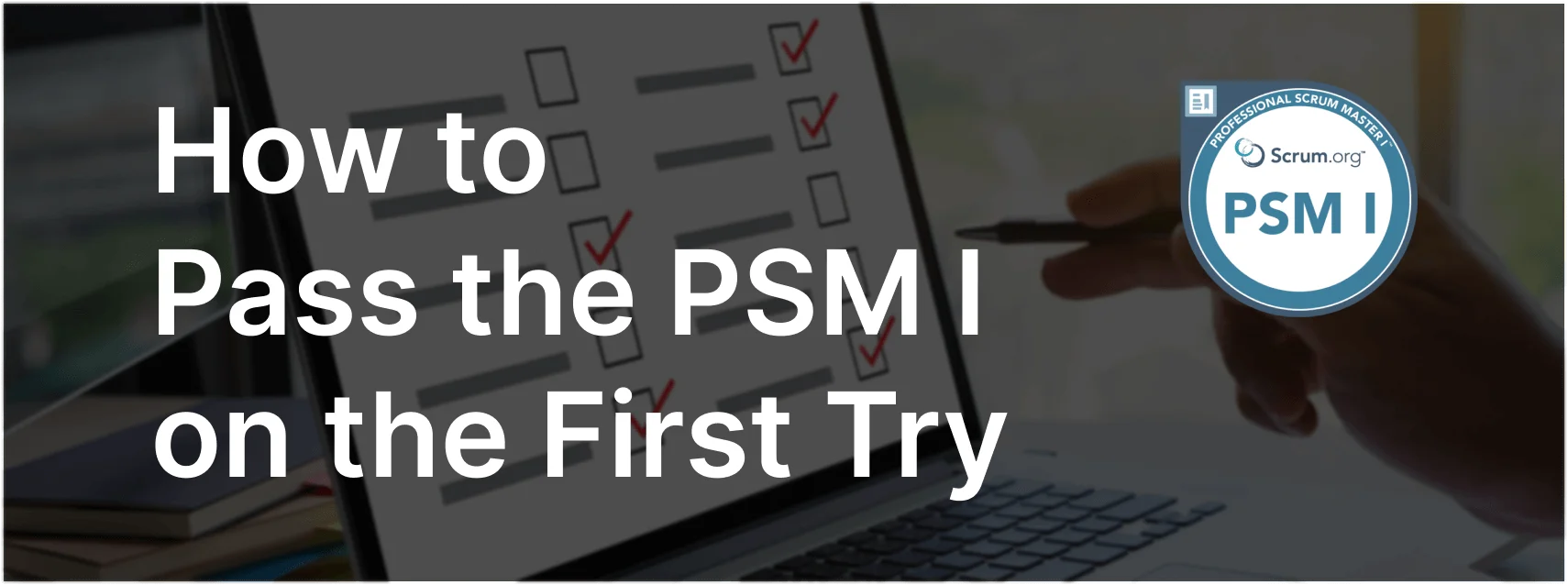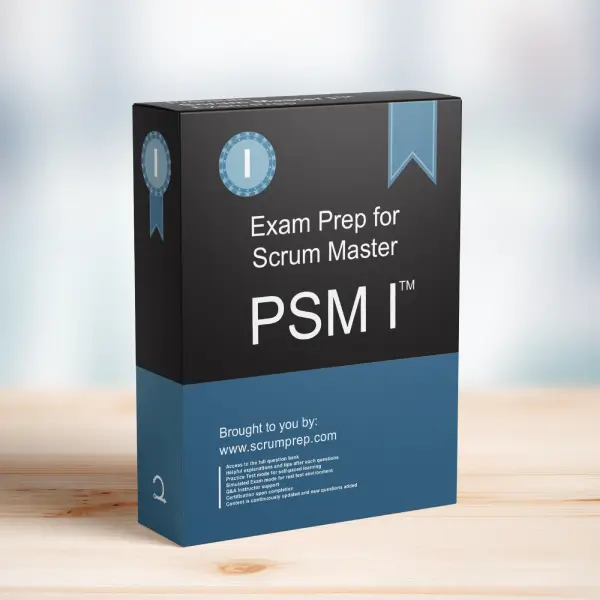Resolving Uncertainty During Sprint Planning
In Scrum, Sprint Planning is crucial for aligning the team on what will be accomplished in the upcoming Sprint. However, sometimes the Product Owner and Developers may not reach a complete understanding of the highest order Product Backlog items. When this happens, the Scrum Master must guide the team to make progress while adhering to Scrum principles.
Exam Question
During Sprint Planning the Product Owner and the Developers are unable to reach an understanding about the highest order Product Backlog items. Because of this, the Developers are unable to determine how many Product Backlog items they can forecast for the upcoming Sprint. However, the Product Owner and the Developers are able to agree on a Sprint Goal. Which two of the following actions should the Scrum Master support? (choose the best two answers)
- A. Cancel the Sprint. Send the entire team to an advanced Scrum training and then start a new Sprint.
- B. During the next Sprint Retrospective discuss why this happened and what changes will make it less likely to recur.
- C. Ask everyone to take as much time as needed to analyze the Product Backlog first, and then reconvene another Sprint Planning event.
- D. Forecast the Product Backlog items that are most likely to meet the Sprint Goal and create a Sprint Backlog. Conclude the Sprint Planning and start the development work. Continue to analyze, decompose, and create additional functionality during the Sprint.
- E. Continue the Sprint Planning event past its timebox until an adequate number of Product Backlog items are well enough understood for the Developers to make a complete forecast. Then start the Sprint.
Correct Answers
B. During the next Sprint Retrospective discuss why this happened and what changes will make it less likely to recur.
D. Forecast the Product Backlog items that are most likely to meet the Sprint Goal and create a Sprint Backlog. Conclude the Sprint Planning and start the development work. Continue to analyze, decompose, and create additional functionality during the Sprint.
Explanation
Why B and D are Correct
B. During the next Sprint Retrospective discuss why this happened and what changes will make it less likely to recur:
The Sprint Retrospective is an event where the Scrum Team can reflect on what happened during the Sprint and identify improvements. Discussing the lack of understanding and how to prevent it in the future helps the team improve their processes and collaboration.
D. Forecast the Product Backlog items that are most likely to meet the Sprint Goal and create a Sprint Backlog. Conclude the Sprint Planning and start the development work. Continue to analyze, decompose, and create additional functionality during the Sprint:
Even with some uncertainty, the team can proceed by forecasting items that align with the Sprint Goal. This allows the team to start the Sprint and continue refining their understanding as they progress. This approach aligns with Scrum’s empirical process control by allowing inspection and adaptation during the Sprint.
Why A, C, and E are Incorrect
A. Cancel the Sprint. Send the entire team to an advanced Scrum training and then start a new Sprint: Cancelling the Sprint and sending the team to training is an extreme measure and not a practical solution for immediate challenges. It disrupts the flow of work and does not address the root cause within the context of the current Sprint.
C. Ask everyone to take as much time as needed to analyze the Product Backlog first, and then reconvene another Sprint Planning event: Extending the time for Sprint Planning disrupts the timebox and the regular cadence of Scrum events. The team should work within the timebox and use ongoing refinement and adaptation to manage uncertainties.
E. Continue the Sprint Planning event past its timebox until an adequate number of Product Backlog items are well enough understood for the Developers to make a complete forecast. Then start the Sprint: Extending the event beyond its timebox goes against Scrum principles. Timeboxing events helps maintain focus and discipline. The team should aim to work within the allotted time and make adjustments during the Sprint as needed.
Key Points
- Reflection and Improvement: Use the Sprint Retrospective to identify and address issues.
- Empirical Process Control: Start the Sprint with a forecast and adapt as more information becomes available.
Responsibilities in Scrum
- Product Owner: Ensures the Product Backlog is ordered and refined to maximize value and align with the team’s capacity.
- Scrum Master: Facilitates Scrum events, removes impediments, and helps teams adhere to Scrum principles.
- Developers: Plan, manage, and execute all tasks necessary to deliver a potentially shippable Increment, ensuring quality and adherence to the Definition of Done.
Relevance to the PSM I Exam
Understanding how to navigate uncertainties during Sprint Planning and adhering to Scrum principles are crucial for the PSM I exam. This knowledge emphasizes the importance of reflection, adaptation, and empirical process control within the Scrum framework.
Conclusion
When the Product Owner and Developers cannot reach an understanding about the highest order Product Backlog items during Sprint Planning, the Scrum Master should support the team by discussing the issue in the next Sprint Retrospective and proceeding with a forecast aligned with the Sprint Goal. This approach ensures continuous progress and adherence to Scrum principles.
For comprehensive preparation and practice exams, check out PSM I Exam Prep to enhance your understanding and application of Scrum principles.




